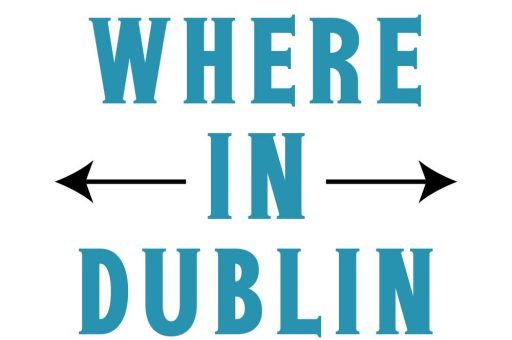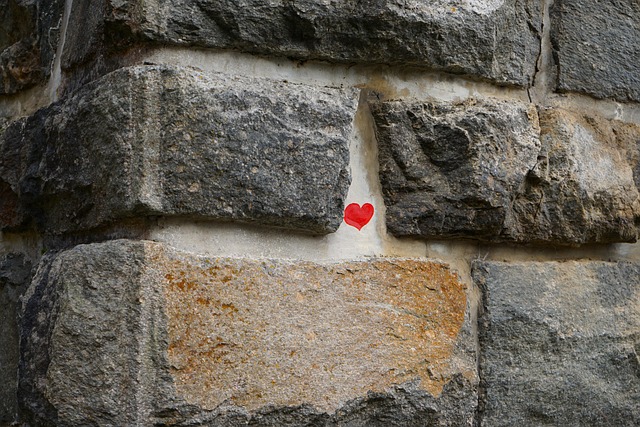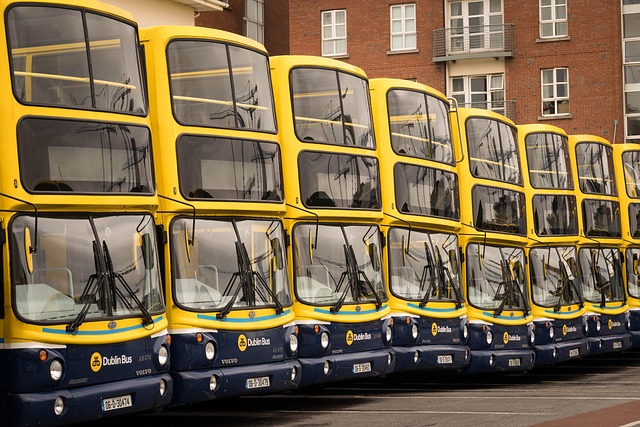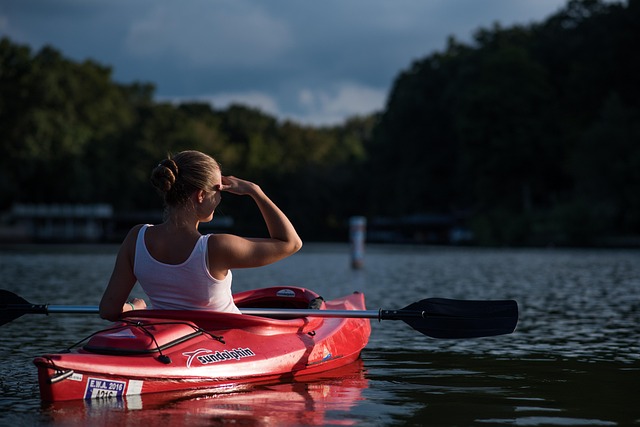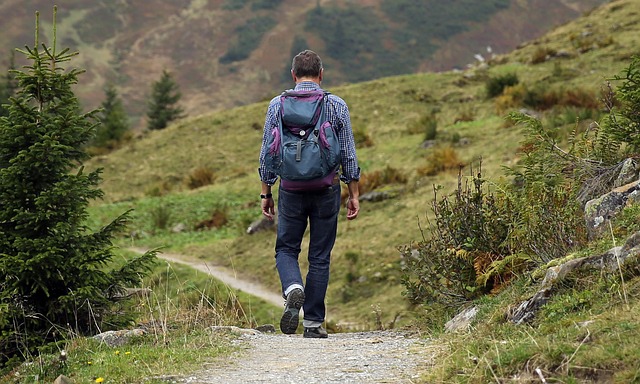
Dublin is a city that grabs your attention the moment you arrive. It’s lively, full of history, packed with music, and has a charm that makes you want to explore every corner. But if you’re thinking about traveling there, you might be wondering, do you really need a guide to visit Dublin? Based on my overall experience, the answer depends on what kind of traveler you are. Let’s break it down and talk about everything you need to know, from getting around to finding the best food, cultural stops, and hidden gems that even locals adore.
What Makes Dublin Worth Visiting
Dublin is one of those cities that blends the old and the new perfectly. You’ll see centuries-old cathedrals next to modern coffee shops and tech headquarters. It’s not too big, but it’s full of life and energy. The city is friendly, easy to navigate, and has a story at every corner. Whether you love literature, architecture, nightlife, or cozy pubs, Dublin offers something for everyone.
Do You Really Need a Guide?
Let’s start with the big question , do you actually need a guide to explore Dublin? The short answer: not necessarily, but having one can make your trip more interesting.
If you’re a first-time visitor who enjoys learning about history, a local guide can help you understand Dublin’s past in a way that no travel book or blog can match. Guides share personal stories, insider details, and hidden spots that most tourists miss.
But if you’re more of an independent explorer, you can easily explore Dublin on your own. The city is compact, safe, and walkable. Many attractions are close to each other, and there’s always something happening, live music, street art, or cultural events that don’t need a structured tour.
So, the real answer depends on your style. If you like freedom and adventure, go solo. If you want deep insight and storytelling, consider a local guide, even for a day or two.
How to Get Around Dublin
Walking Is the Best Way
Walking is by far the best way to see Dublin. Most major sights are within walking distance, from Trinity College to Temple Bar, from St. Stephen’s Green to Dublin Castle. The streets are filled with character, and walking lets you take in the city’s atmosphere.
Public Transport Options
If you need to go further, Dublin’s public transport system is reliable and simple. You can use:
Buses — They cover most areas, and you can use a Leap Card for easy payment.
LUAS (Tram) — Two lines connect key parts of the city, perfect for short hops.
DART (Train) — Great for visiting coastal towns like Howth or Dun Laoghaire.
Renting a Bike or Scooter
Dublin also offers city bikes and electric scooters, which are perfect for short distances. The city is making good progress on bike lanes, making it safer and more convenient to ride around.
Best Time to Visit Dublin
Dublin has a mild climate year-round, but your experience can change depending on when you go.
Spring (March to May)
This is one of the best times to visit. The parks bloom, the air feels fresh, and there are fewer crowds. Plus, the St. Patrick’s Day Festival in March is one of the biggest events of the year.
Summer (June to August)
You’ll enjoy longer daylight hours and plenty of outdoor events. However, this is peak tourist season, so prices are higher and attractions busier.
Autumn (September to November)
The weather cools down, the city becomes calmer, and you’ll get beautiful autumn colors around the parks.
Winter (December to February)
It’s colder, but Dublin’s Christmas markets and cozy pubs make it worth visiting.
Top Attractions You Can’t Miss
Dublin has a mix of historical sites, cultural landmarks, and lively neighborhoods. Here’s where you should start.
Trinity College and the Book of Kells
A visit to Trinity College is like stepping into history. The library is one of the most photographed places in Ireland, and the Book of Kells, a stunning illuminated manuscript from the 9th century, is a national treasure.
Dublin Castle
Built in the 13th century, Dublin Castle once served as the seat of British rule in Ireland. Today, it’s a major government complex and cultural site. The guided tours here are fascinating, especially if you enjoy learning about Ireland’s political and royal past.
Temple Bar District
Even if you’ve never heard of Dublin before, you’ve probably heard of Temple Bar. It’s the city’s most famous nightlife area. Streets here are lined with pubs, live music, and colorful murals. Yes, it’s touristy, but the atmosphere is unbeatable.
St. Patrick’s Cathedral
Built in honor of Ireland’s patron saint, this cathedral is one of the most important religious landmarks in Dublin. The architecture is stunning, and the surrounding gardens are peaceful.
Guinness Storehouse
If there’s one guided tour you should do, it’s the Guinness Storehouse. You’ll learn how Ireland’s most iconic beer is made and end the tour with a pint in the Gravity Bar, which offers panoramic views of the city.
Phoenix Park
This massive green space is one of the largest city parks in Europe. It’s perfect for a walk, picnic, or bike ride. You might even see wild deer roaming around.
Dublin Beyond the Usual Tourist Spots
The best parts of Dublin aren’t always the famous landmarks. There are plenty of local gems that don’t make it into most guidebooks.
The Liberties
One of Dublin’s oldest neighborhoods, The Liberties mixes history with modern cool. It’s full of street art, markets, and small distilleries. You’ll find real local character here — and fewer tourists.
Portobello
A quieter area near the city center, Portobello has canals, vintage stores, and independent cafes. It’s a great place to relax and see local life.
Howth
A short DART train ride from the city, Howth is a seaside village with cliffs, lighthouses, and seafood restaurants. The cliff walk offers some of the best views in Ireland.
Where to Eat and Drink
Dublin’s food scene has grown fast. From traditional Irish dishes to international menus, you’ll find plenty to enjoy.
Traditional Irish Pubs
You can’t visit Dublin without spending time in a pub. Try a pint of Guinness or a glass of Irish whiskey. Many pubs serve hearty meals too, think shepherd’s pie, Irish stew, and fish and chips.
Famous spots include The Brazen Head (Ireland’s oldest pub), O’Donoghue’s (known for live Irish music), and The Long Hall (a Victorian-style pub with character).
Local Cafes and Restaurants
For coffee lovers, Dublin’s cafe culture is strong. Places like Brother Hubbard, Beanhive, and Kaph serve great coffee and brunch.
If you’re after something more modern, try:
- Fade Street Social — for contemporary Irish dishes.
- The Woollen Mills — for classic food in a historic setting.
- Bunsen — for one of the best burgers in the city.
Dublin’s Nightlife
Dublin’s nightlife is lively, social, and full of good vibes. You’ll find everything from traditional pubs with live folk music to trendy cocktail bars and nightclubs.
Live Music and Pub Culture
Irish people love music, and you’ll hear it everywhere. The Temple Bar area is the most famous, but if you want something less crowded, try Whelan’s or The Cobblestone, both known for authentic Irish tunes.
Clubs and Late Bars
If you’re in the mood to dance, head to Copper Face Jacks, The Workman’s Club, or Opium. These spots are popular with both locals and tourists.
Shopping in Dublin
Grafton Street
This is Dublin’s main shopping street. You’ll find big brands, department stores, and talented street performers who keep the atmosphere lively.
George’s Street Arcade
If you prefer unique finds, check out George’s Street Arcade. It’s full of independent shops, local crafts, and small cafes, a great place to buy souvenirs that aren’t mass-produced.
Markets and Local Shops
There are several weekend markets in Dublin too, like Temple Bar Food Market and the Ha’penny Flea Market.
Day Trips from Dublin
If you stay more than a few days, take advantage of Dublin’s location to explore nearby attractions.
1. Glendalough
A peaceful valley in County Wicklow, famous for its lakes and monastic ruins. You can get there by bus or join a guided tour.
2. Malahide Castle
Just outside Dublin, Malahide Castle is a beautifully preserved fortress with lovely gardens and a charming village nearby.
3. Newgrange
An ancient passage tomb older than the pyramids of Egypt. It’s one of Ireland’s most fascinating archaeological sites.
4. Bray and Greystones
Both are coastal towns perfect for relaxing walks, sea views, and good food.
Safety and Travel Tips
Keep an Eye on Your Belongings
Dublin is safe overall, but like any city, it’s smart to stay alert, especially in crowded areas.
Learn a Few Local Phrases
Even though everyone speaks English, you might hear a few Irish words. Saying “Sláinte” (cheers) in a pub always gets a smile.
Budgeting for Your Trip
Dublin isn’t the cheapest city, so plan ahead. You can save by using public transport, eating at cafes instead of restaurants, and visiting free attractions like museums and parks.
Final Thoughts
From my own personal experience, Dublin doesn’t need to be complicated to enjoy. You don’t always need a guide, sometimes, the best experiences come from wandering freely, chatting with locals, or sitting in a pub listening to live music.
But if you want to go deeper into Dublin’s history and culture, even a short guided tour can add meaning to what you see.
Whether you go guided or solo, Dublin will leave a mark on you. The warmth of its people, the sound of music floating through the streets, and the stories behind every old building make it a city that feels alive.
So, do you need a guide to visit Dublin? Maybe not. But you definitely need curiosity, an open mind, and time to soak it all in. Because once you visit, you’ll see, Dublin isn’t just a destination. It’s a feeling.
